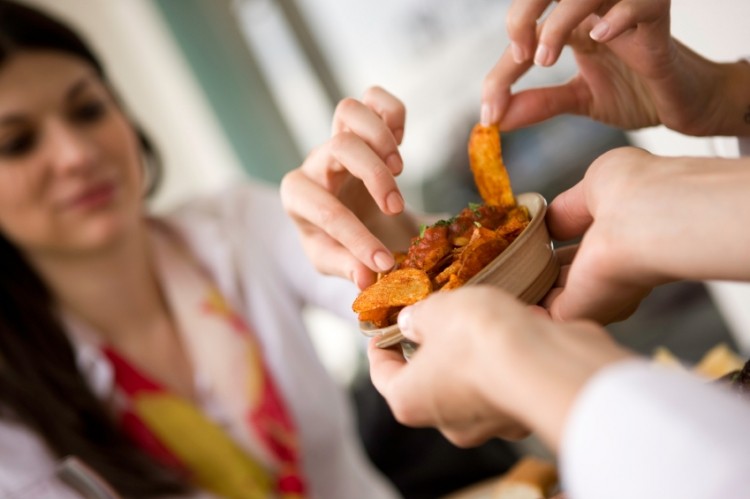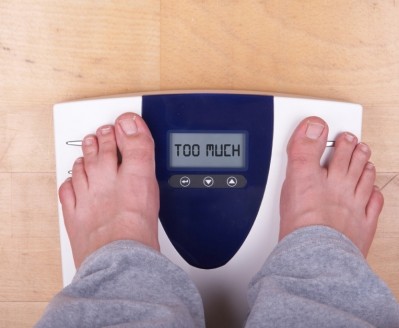Smaller plates, smaller portions? Not always, says study

“In diet education, one size may not fit all,” said Dr Lance Bauer at the University of Connecticut School of Medicine who wrote the study on the commonly held view that smaller plates could lead to lesser food helpings– something known as the Delboeuf illusion.
Study results showed that overweight and obese teenage girls could be less attentive than normal weight girls to visual cues of different types.
The research studied 162 teen girls’ attentiveness and quizzed them about their perception of a constant portion size relative to varying plate sizes. The overweight teen girls were found to make more errors. They were also less sensitive than their normal-weight peers to visual stimuli during a separate visual discrimination task.
Therefore though reliable, studies based on the Delboeuf illusion may not be universally effective to help curb adolescent obesity, said Bauer.
Presenting overweight or obese teenage girls with detailed charts summarising diet rules or calorie counts may also be less effective, the study added. “The study’s results imply that diet education for overweight or obese adolescents should be clear, simple, repeated, and interesting,” he said.
Implications of the findings should be considered for weight loss and weight management therapies, he added.
Bauer presented his group’s findings at the annual scientific meeting of the American Psychosomatic Society.
Tests and results
The study involved girls aged 14 to 18, categorised by body mass. They were asked to complete a simplified version of the Delboeuf illusion task during which they had to judge the size of black dots surrounded by an outer ring.
They were also given a separate visual discrimination task that did not induce an illusion, but where the electroencephalographic activity (the recording of electrical activity along the scalp) and event related responses were measured.
Results showed that the overweight and obese teenage girls responded faster and with more errors than normal weight girls in the tests, the study concluded.








